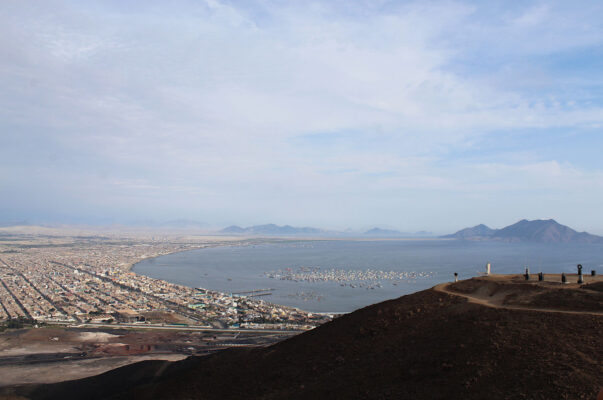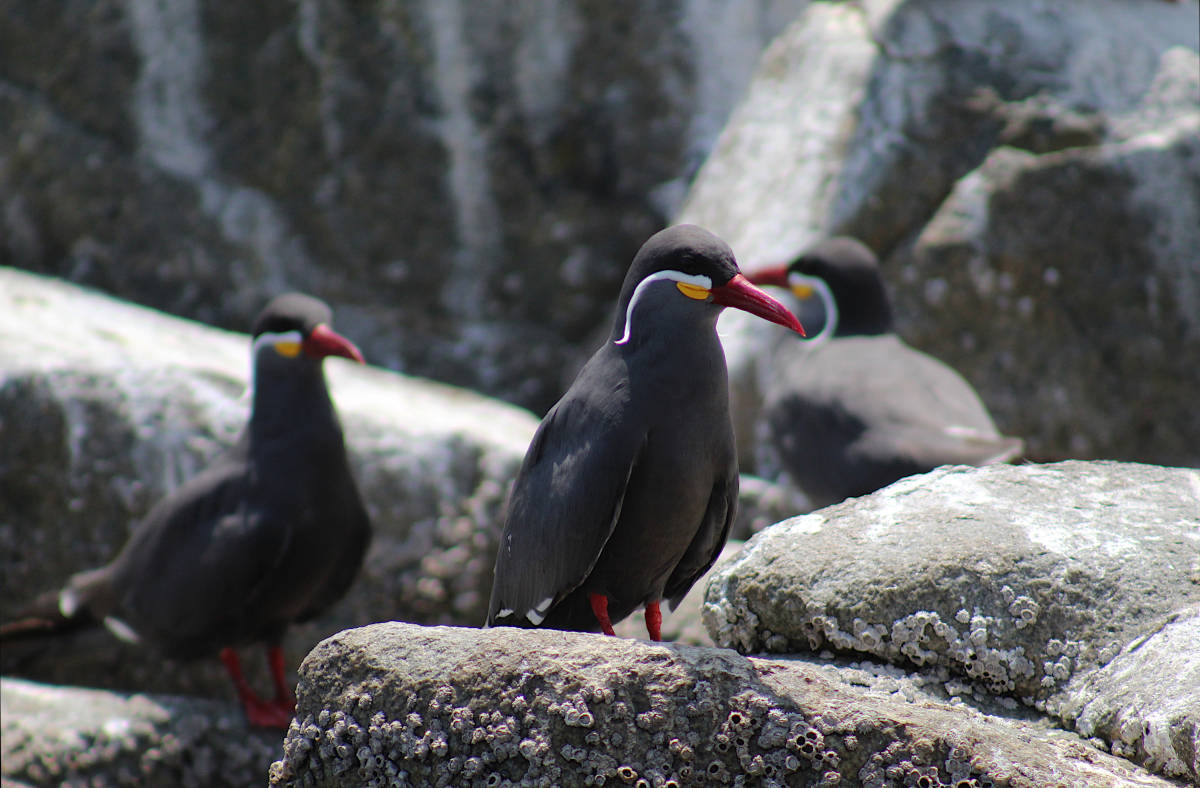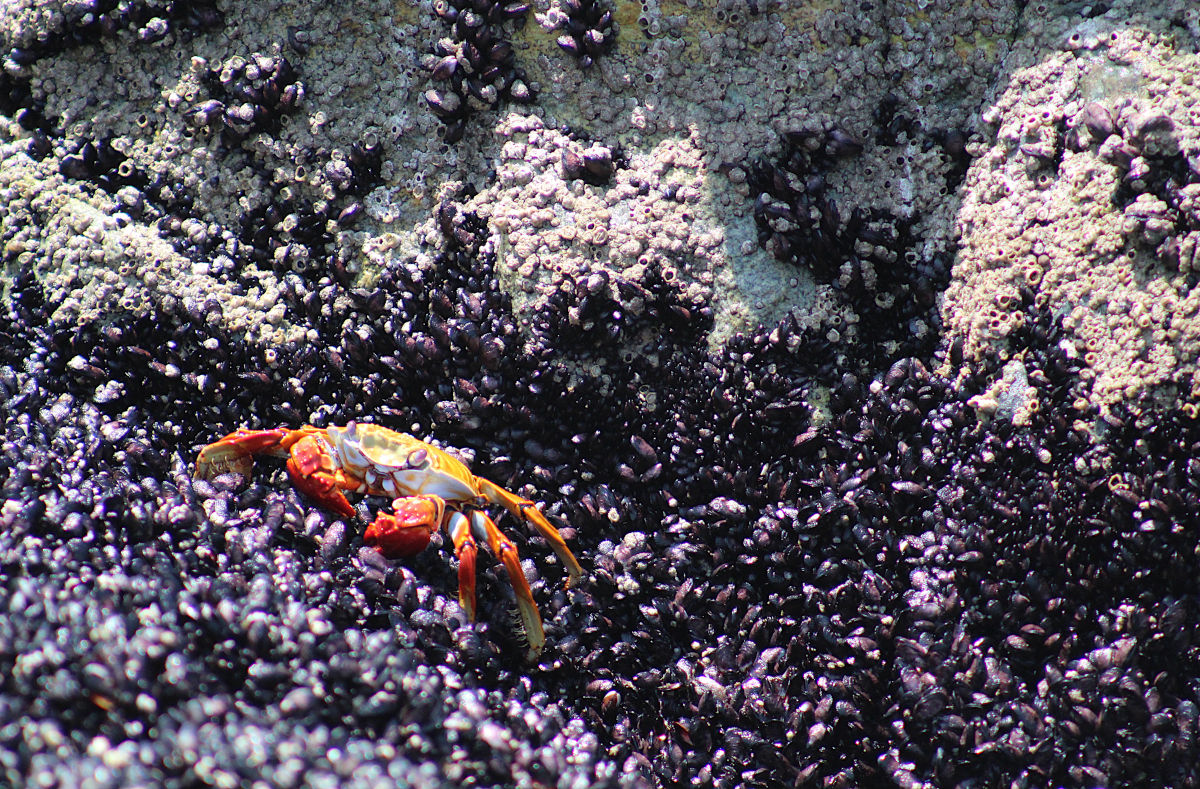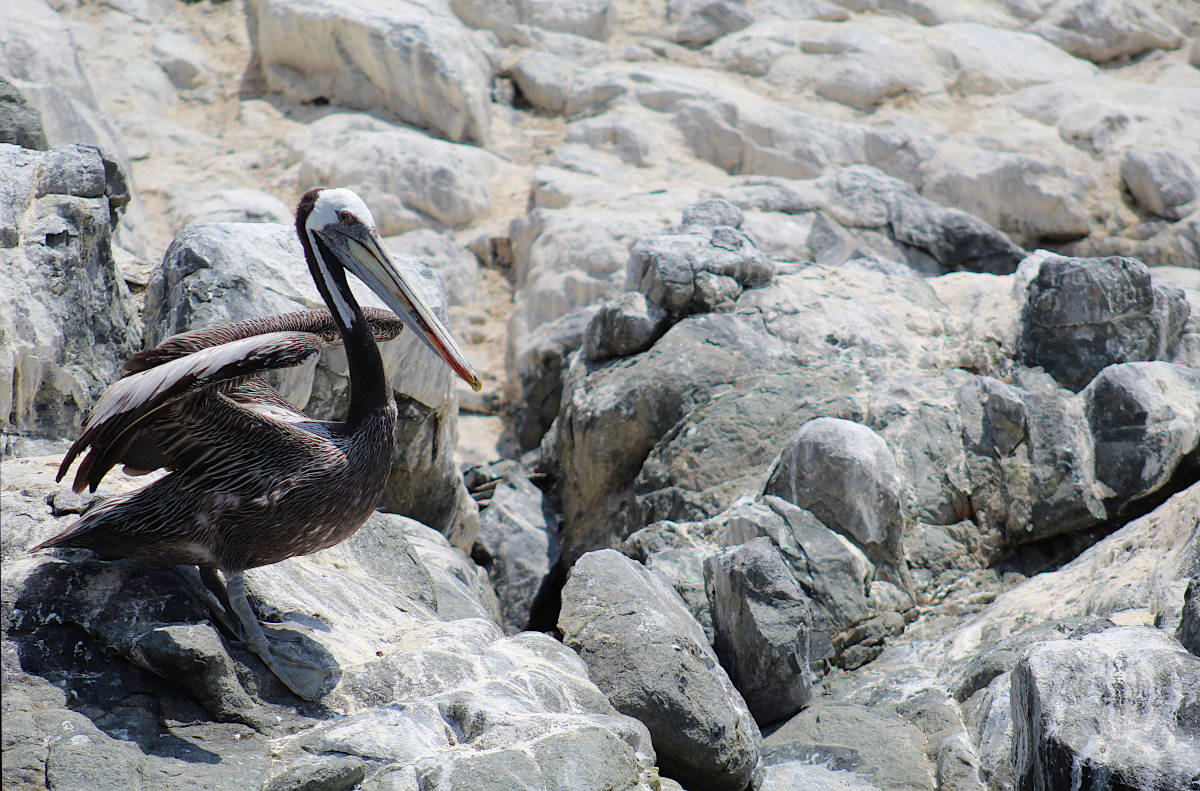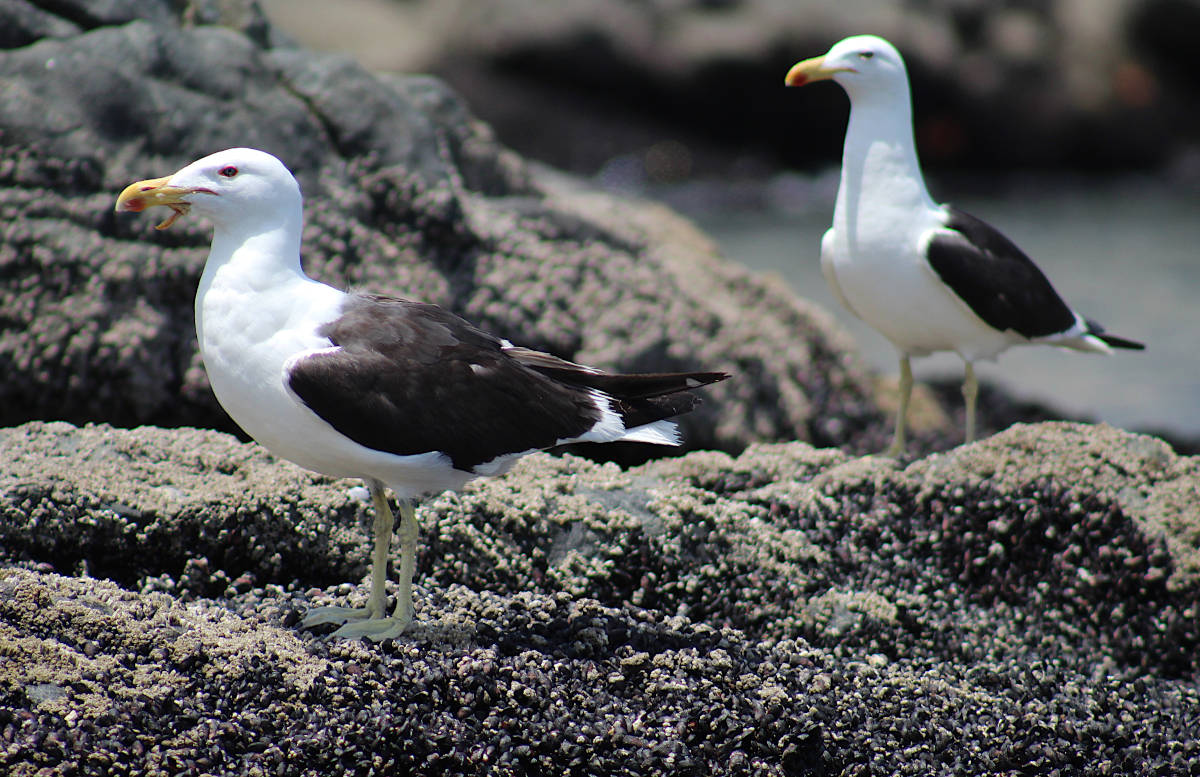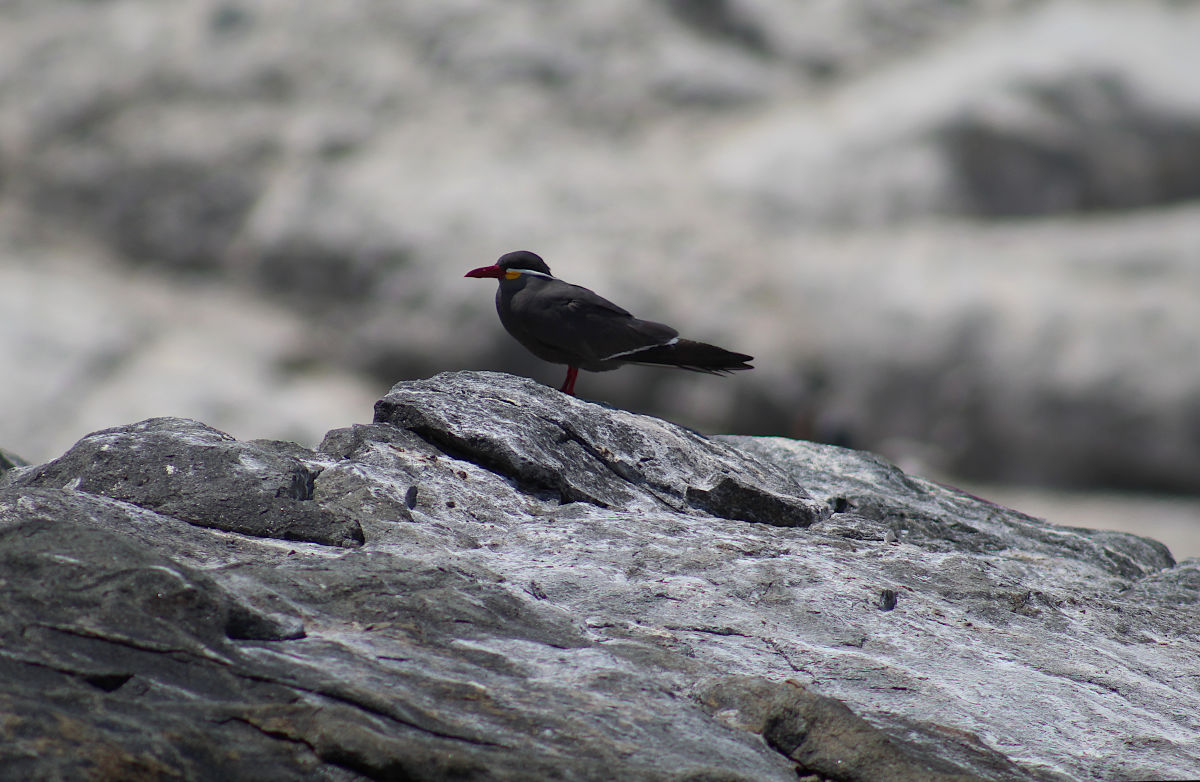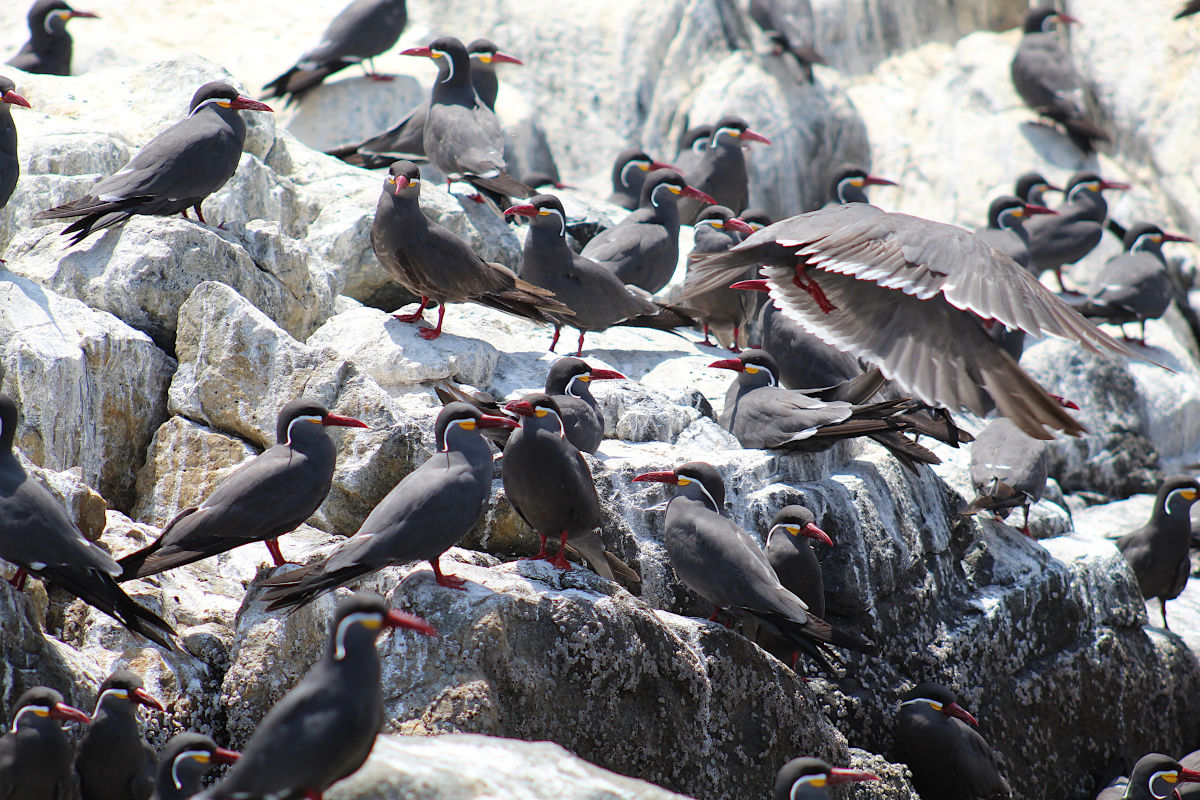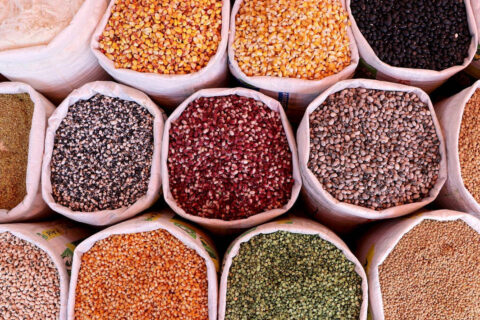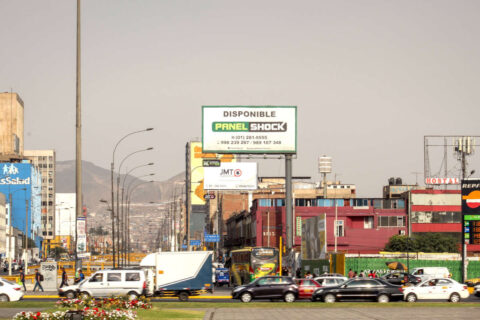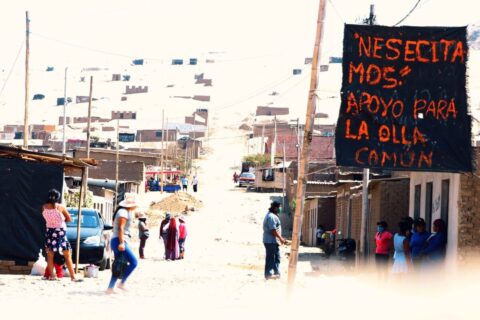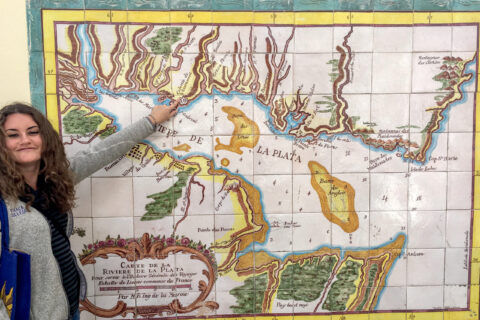AUTHOR
Sierra Vorsheim
DATE
August 31, 2020
Chimbote, Peru is underrated. There, I said it again.
Granted, it’s difficult to not be underrated when the travel guidebook world has, by and large, dismissed you simply as being a place that reeks of fish and is mostly known to travelers as a convenient bus transfer en-route to Huaraz. Make a quick Wikipedia search and you’ll discover that Chimbote’s known for its fisheries. Well, you remark to yourself, that would explain the fishiness!
Don’t let the guidebooks and Wikipedia articles deceive you. Chimbote’s more than this.
When I’m in Trujillo, Chimbote is either a quick bus ride or even quicker colectivo drive away. The colectivo drives are, admittedly, often a combination of exhilarating and absolutely terrifying. I have an assortment of experiences from these: nearly ramming into the backs of semi-trucks, weaving in and out of traffic, overworked drivers dozing off as we took late rides back to Trujillo. I even had a child vomit on me once, their parent apologizing profusely and me responding repeatedly with “Está bien, todo bien”.
Needless to say, I generally recommend the bus over the colectivos. Regardless, as is often the case with travel, reaching your final destination really does make any of the hassle of getting there todo bien.
Case in point, when in Chimbote, we often go to Isla Blanca. The concept of Isla Blanca isn’t necessarily glamorous: it’s a volcanic island that’s white due to the massive numbers of birds that seek refuge there and, thus, the guano that they deposit. For nature lovers or for people who love a cool, unique beach, however, this is a place for you. I’ve been there a number of times and each time has been special and resulted in some incredible photography opportunities.
Along the rocky edges of the island, you’re given a brief look into the rich, biodiversity present in the ocean waters right off of Peru’s coast thanks to the Humboldt Current. You’re most likely to see a variety of crabs and, of course, plenty of birds, including pelicans, sea gulls, and Inca terns.
When you’re dropped off on the island itself you can spend the day lounging on the sandy beach, a popular activity in the hot summer months. There’s also our favorite thing to do which is to climb to the top of the island. It’s a short hike which, I’m proud to say, I’ve even accomplished in flip flops without issue. At the top of the island you’re rewarded with stunning panoramic views of the Pacific and Chimbote itself. I’ve happily spent hours hopping around at the top trying to take sneaky bird pictures, careful to keep an eye on the sky for particularly irritated birds waiting for their moment to dive bomb me.
Once we stayed up at the top for a spectacular sunset. Our ride back to Chimbote wasn’t thrilled but it made for some awesome photography and drone footage. Sunsets over the Pacific are often special.
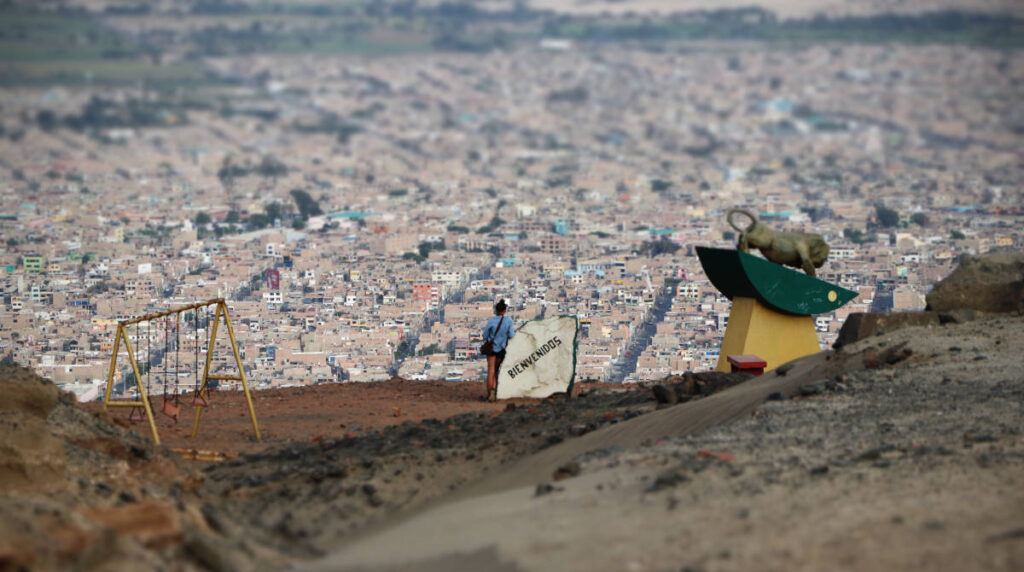
Another prime sunset location is Cerro de la Paz (a.k.a Cerro de la Juventud), a mountain which overlooks the city. Cerro de la Paz makes for an interesting drive up along rough, rocky road. During Semana Santa, a plethora of people make a pilgrimage to the top of the mountain along this road, which ends at a cathedral overlooking the city. Along with the cathedral, there all also statues dedicated to hope and peace not to mention a stunning view of Chimbote itself, the bay, and Isla Blanca.
If you like a good beach day, Chimbote’s got a number of beaches too. Outside of the beach on Isla Blanca, the only one I’ve been to personally was Playa El Dorada for a wedding. The beach was sandy and filled with people. One of these days I hope to also get over to Caleta Colorada, which is a bit farther out and supposed to be just as fantastic.
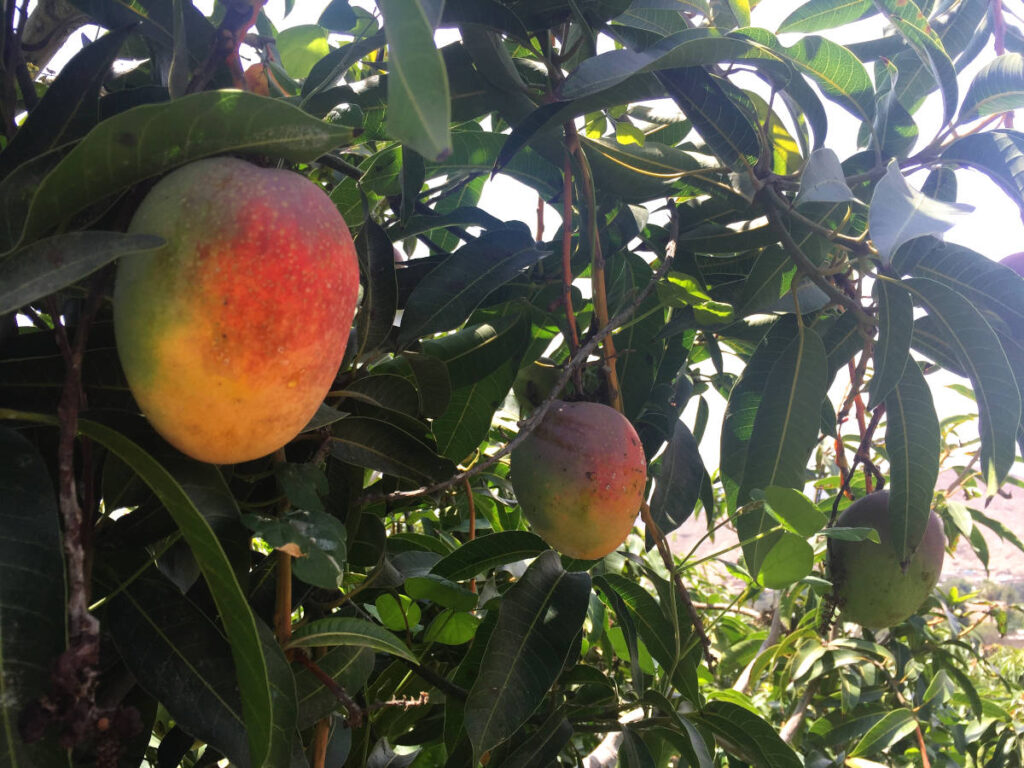
Outside of the city, I think of days in Moro. Moro is a small district not far from Chimbote. There my boyfriend’s family has a plot of land where they grow mango and avocado. The first time I went to pick some mangoes, despite trying to be cautionary and covering up as much of my skin as possible, the only part of easily accessible skin, my ankles, was mercilessly attacked by the bugs. After that first experience, I’ve made sure to wear some bug spray in subsequent trips. Regardless, the fresh produce made the pain worth it. The avocados from Moro are the most incredible, creamy, flavorful avocados I have ever had the pleasure of tasting.
Then, of course, there’s the people. Again, I may be biased, but the people I’ve met from Chimbote have been downright friendly, hospitable, and kind. Whether I’ve been there for dinners with the family or to awkwardly wander around events where we were helping with photography (birthdays, graduation parties, you name it) I’ve always enjoyed watching the warm, cheery spirit of the people there.
So sure, when you think of Chimbote you could merely think of the bus station and the fishy smell that surrounds it. Why think just that, however, when there’s so much more? Peru’s a country rich in history, culture, nature, and delicious food. Chimbote’s no exception.

